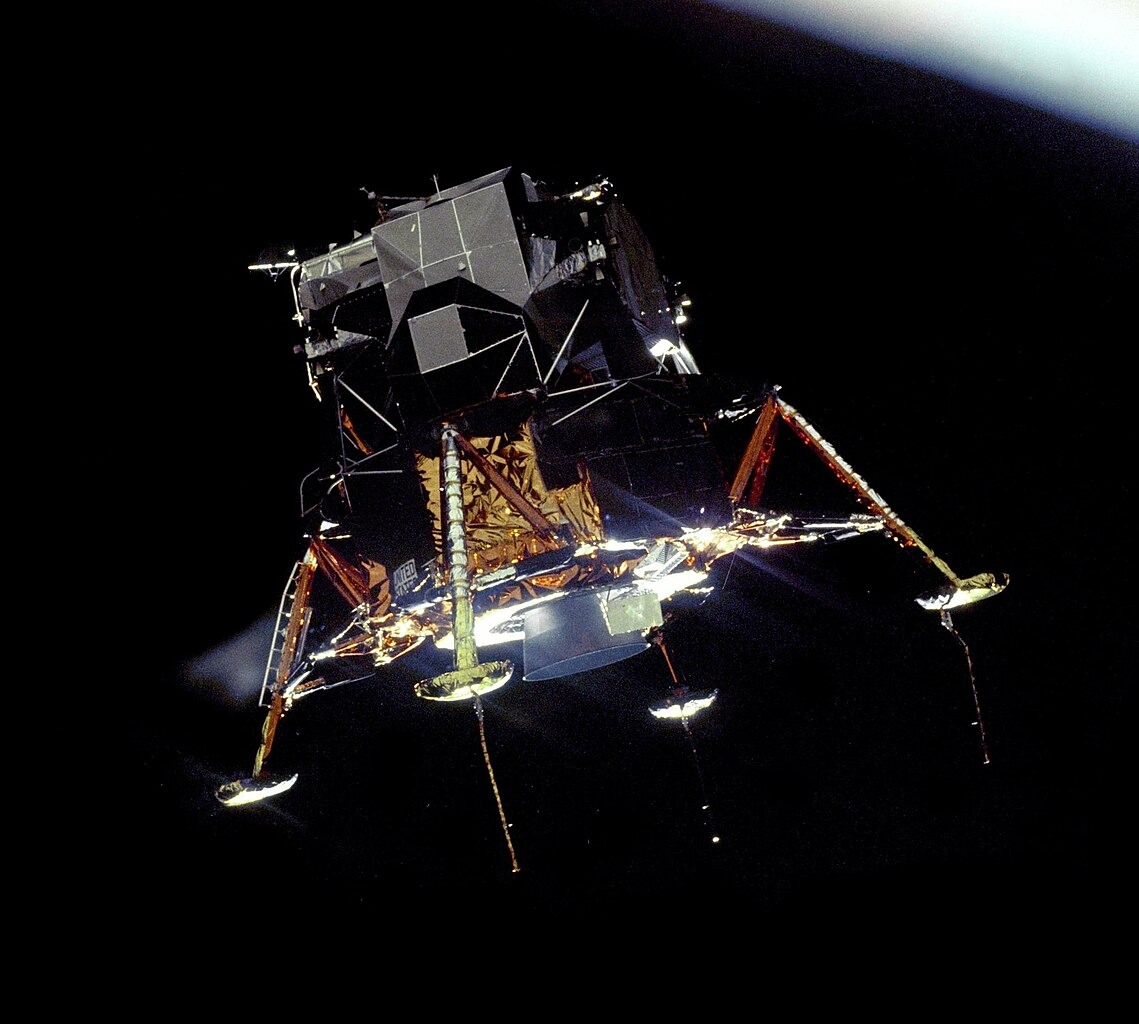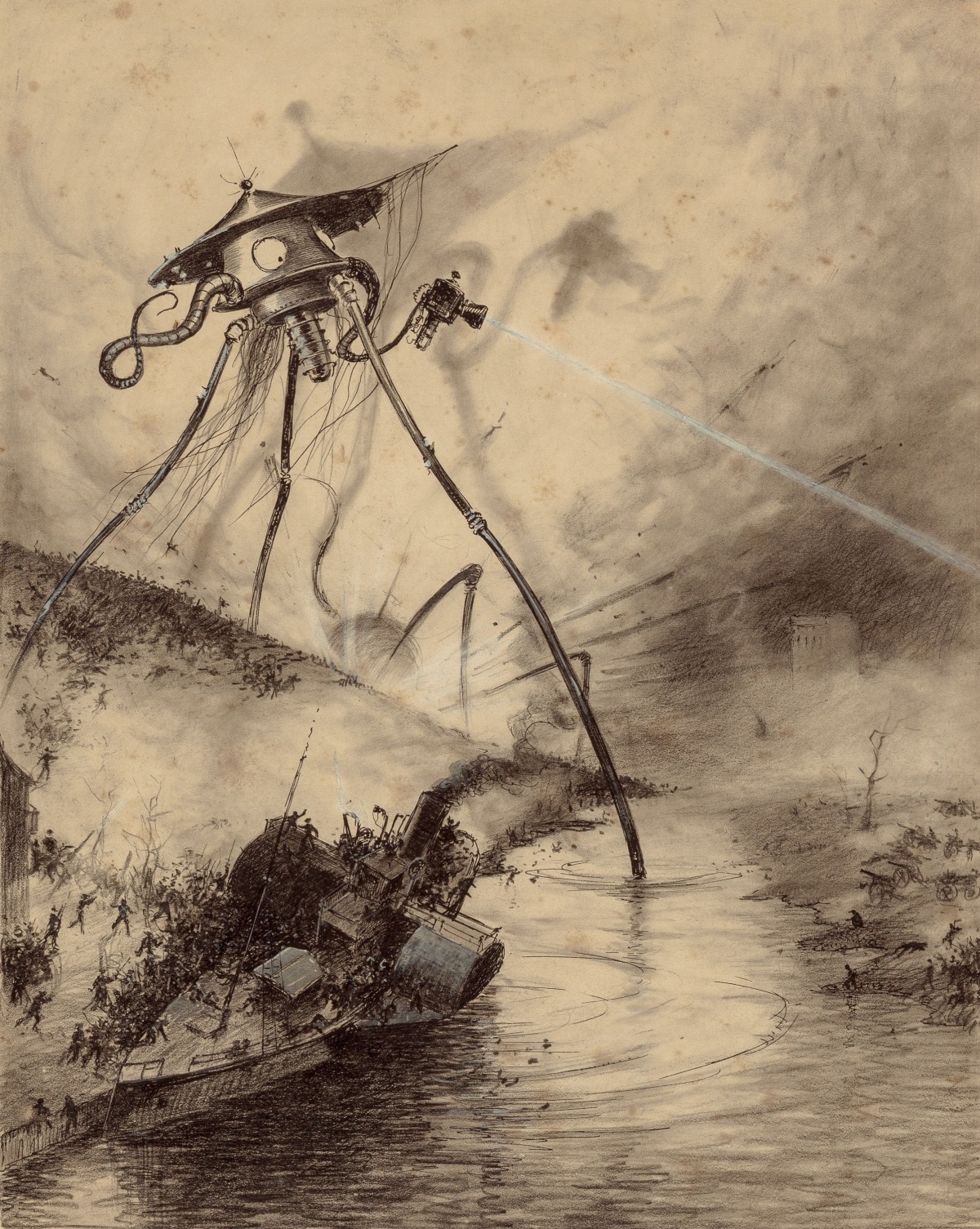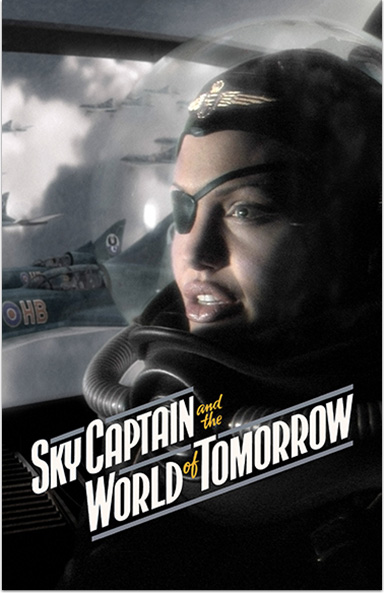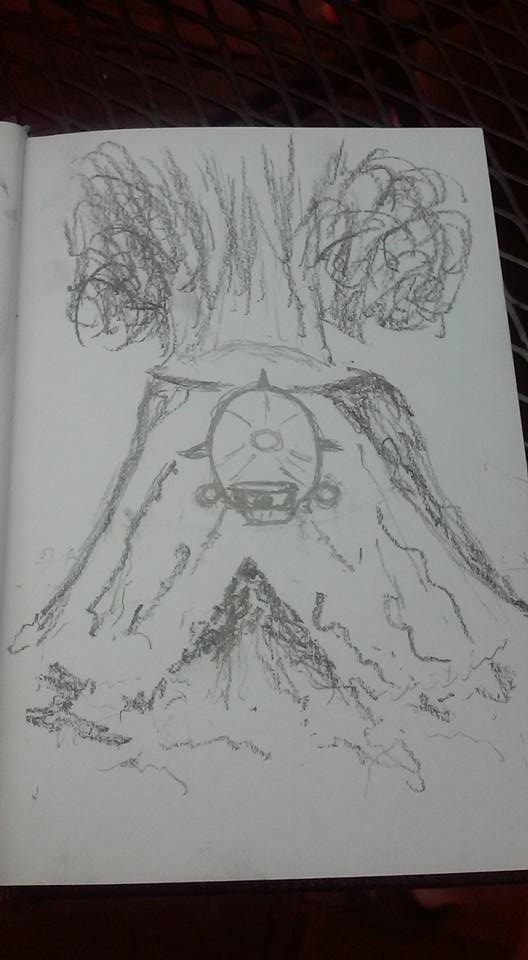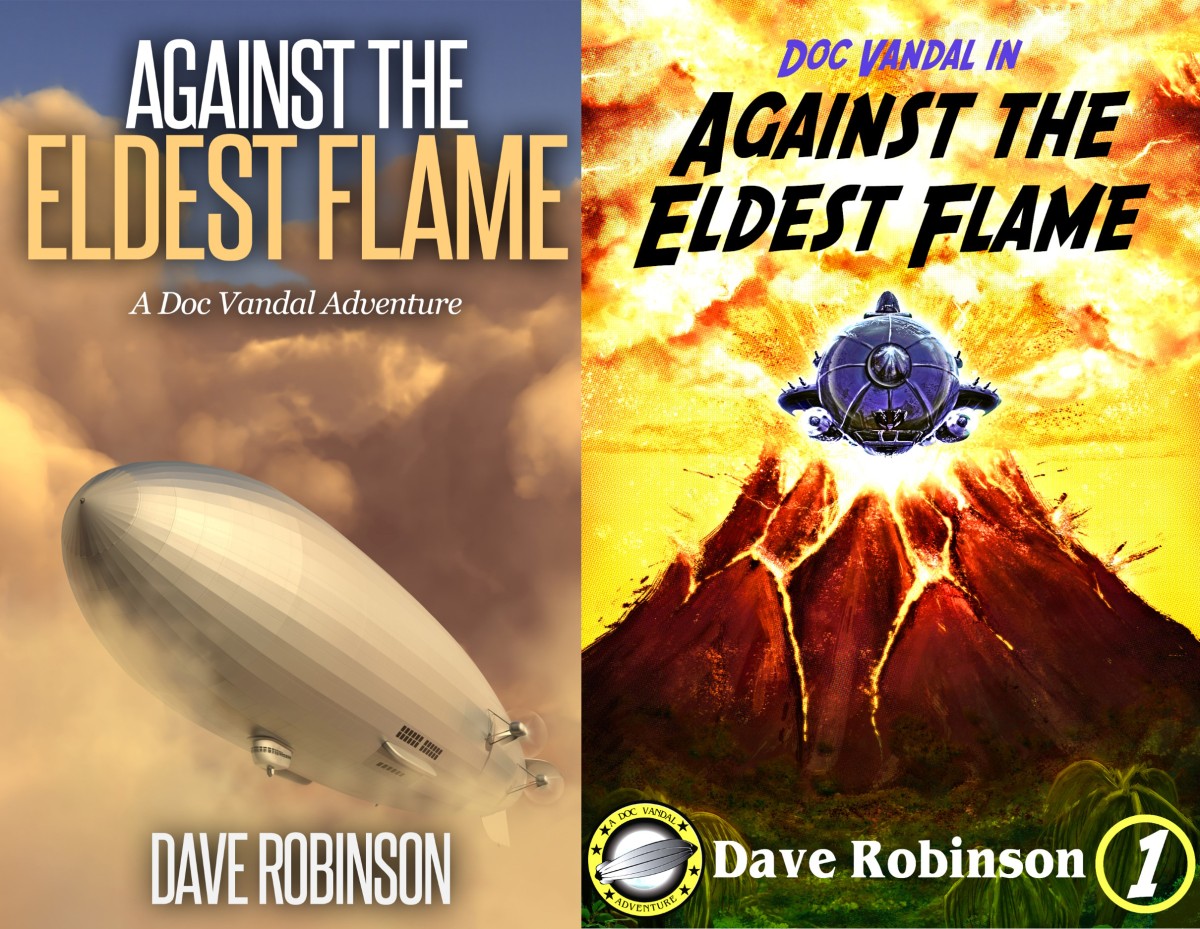Well, I did it, I bit the bullet and started up a Patreon.
It was a big decision, but it was also something I felt I had to do. Basically, I’ve been operating on a very minimal budget ever since I started self-publishing. I do my own cover design, much of the editing, layout, and a whole bunch more. The problem I’m facing is that the entire self-publishing ecosystem has been changing as it moves further into the mainstream.
That’s a good thing, but one of the repercussions of that move isn’t. Put simply, a lot of resources that used to be either free or low-cost are becoming more and more expensive as time goes on. Meanwhile, my sales aren’t going well at all. It’s a bad combination, in fact it’s getting close to a death spiral.
Patreon is my attempt to get off the ride before it goes over the cliff. It’s a cushion for the lean times, and hopefully a way to fund things like advertising to make more people aware of Doc Vandal and build more sales.
But enough about me: What about you?
For those of you who read this and decide to join my Patreon, I’ve already built up some content and set up a structure for the benefit tiers. My underlying philosophy here, is Access, Insight, and Input.
The first tier provides Access to the private channels on my Doc Vandal Discord, as well as a PDF of the completed first draft of The Skyscraper Thief–yes, you can read that today if you sign up on any tier.
The second tier is Insight, and it gives you a look into my writing process. I have started uploading full versions of the cover art, including one that’s never been published anywhere, and also some of my Scapple Boards so you can see how my mind works when writing a story–and even how the story evolves.
The third tier is Input. This tier gives you access to each chapter of a novel as it’s completed, as well as the option of naming a character. I’m also going to let this tier help me decide which story to do next once I finish the War Between Worlds.
I’ve already uploaded content for all three tiers and will be adding more soon.


